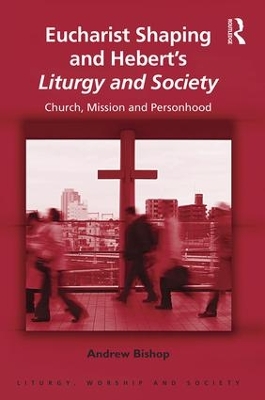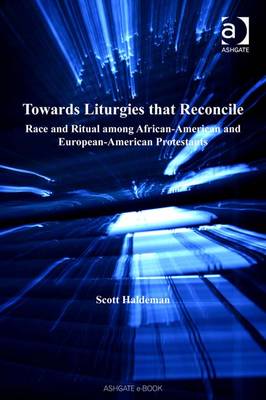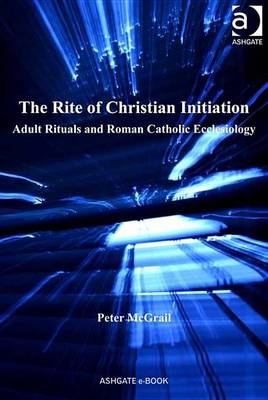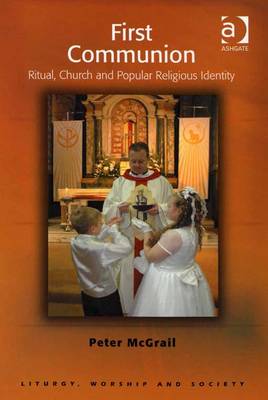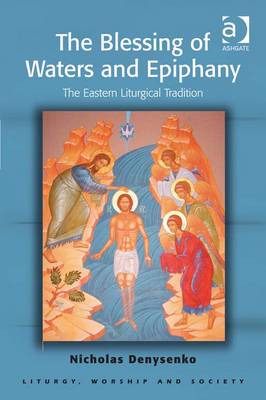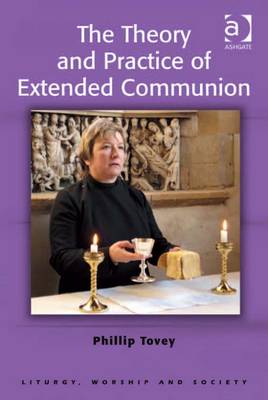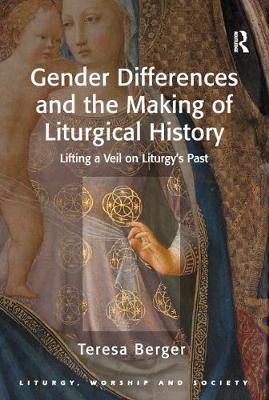Liturgy, Worship and Society
7 total works
The contemporary Church of England is wrestling with issues around the relationship between its worship and mission and relating both to wider society. Much of this hinges on an understanding of the nature of the Church. Gabriel Hebert's seminal book Liturgy and Society (1935) took as its subtitle, "The Function of the Church in the Modern World". For many this book inspired engagement with Eucharistic worship, with new patterns emerging, paving the way for further liturgical reform in the second half of the twentieth century. Eucharist Shaping and Hebert's Liturgy and Society re-examines Hebert's work, doing so uniquely in the light of the current dialogue about Church, liturgy and mission. Andrew Bishop argues that Hebert's contribution has been overlooked latterly and that a re-appreciation opens up fruitful ways of thinking and acting, making this book a distinctive contribution to a lively debate. If the options are reaction or novelty, Eucharist Shaping and Hebert's Liturgy and Society shows how Hebert's thinking subtly undermines both.
Towards Liturgies that Reconcile reflects upon Christian worship as it is shaped, and mis-shaped, by human prejudice, specifically by racism. African Americans and European Americans have lived together for 400 years on the continent of North America, but they have done so as slave and master, outsider and insider, oppressed and oppressor.
Scott Haldeman traces the development of Protestant worship among whites and blacks, showing that the following exist in tension: African American and European American Protestant liturgical traditions are both interdependent and distinct; and that multicultural communities must both understand and celebrate the uniqueness of various member groups while also accepting the risk and possibility of praying themselves into an integrated body, one new culture.
In the wake of recent papal legislation, the various liturgies of the Roman Rite may today be celebrated in either their post-Tridentine or post-Vatican II forms. Whilst much discussion of this new situation focuses on purely liturgical issues, this book breaks new ground by arguing that the coexistence of the two forms raises questions of a profoundly ecclesiological character. Peter McGrail explores the relationship between ritual form, ecclesial self- understanding and constructs of the world that are at play as adults become members of the Church. Analysing the rites by which adults were taken into the Church for three and a half centuries, this book goes on to explore attempts to find a new ritual expression for the journey to Christian Initiation, set against the divergent and even conflicting ecclesiologies which were at play before and during the Council.
One of the most carefully prepared liturgies of any Roman Catholic parish's year is the celebration of 'First Communion'. This is the ritual by which seven- or eight -year-old children are admitted to the Eucharist for the first time. It attracts the largest congregations of any parish liturgy, and yet is frequently marked by tension and dissent within the parish community. The same ritual holds very different meanings for the various parties involved - clergy, parish schools, regularly communicating parishioners, and the first communicants and their families. The tensions arise from dissonance between the parties on such key issues as expected patterns of Church attendance, Catholic identity, dress and expenditure, and family formation. The relationships and discontinuities between popular and 'official' religion is at the heart of these tensions. They touch upon deep-seated anxieties concerning the future viability of the very structures and patterns of parish life during the current period of falling Church attendance and parish closures.
For those within the Church who are concerned to understand and address the issues in its structural decline, this book will make sometimes uncomfortable but always stimulating reading. Peter McGrail examines the relationship between Church structures and popular religious identity, viewed through the lens of the first communion event. Drawing out hitherto unrecognised connections and significances for the future of the Catholic Church at local level, the insights into the decline of the parish as an institution present challenges to all with an interest in and concern for the future of the Church in the English-speaking world.
Bringing to the fore the relationship and tensions between liturgy and Church structures, both historically and at the present time, this book offers academics and students alike extensive material for reflection and future development..
This book examines the historical development of the blessing of waters and its theology in the East, with an emphasis on the Byzantine tradition. Exploring how Eastern Christians have sought these waters as a source of healing, purification, and communion with God, Denysenko unpacks their euchology and ritual context. The history and theology of the blessing of waters on Epiphany is informative for contemporary theologians, historians, pastors and students. Offering important insights into how Christians renew Baptism in receiving the blessed waters, this book also proposes new perspectives for theologizing Christian stewardship of ecology in the modern era based on a patristic liturgical synthesis. Denysenko presents an alternative framework for understanding the activity of the Trinity, enabling readers to encounter a vision of how participants encounter God in and after ritual.
Three churches have recently produced liturgies for 'extended communion'. This is the distribution of previously consecrated elements at a public service by lay people or a deacon in the absence of a priest.
This development began in the Roman Catholic Church with the Vatican 'Directory on Sunday Worship in the absence of a priest' in 1988. The Methodist Church produced a service of Extended Communion in 1999, and the Church of England authorized 'Public Worship with Communion by Extension' in 2001. In this book Phillip Tovey examines these churches to discover the reasons for the production of these services and their theological rationale. An in-depth examination of case studies draws conclusions highly relevant to the wider church.
Gender Differences and the Making of Liturgical History
by Professor Teresa Berger
Mapping uncharted territory in the study of liturgy's past, this book offers a history to contemporary questions around gender and liturgical life. Teresa Berger looks at liturgy's past through the lens of gender history, understood as attending not only to the historically prominent binary of "men" and "women" but to all gender identities, including inter-sexed persons, ascetic virgins, eunuchs, and priestly men.
Demonstrating what a gender-attentive inquiry is able to achieve, Berger explores both traditional fundamentals such as liturgical space and eucharistic practice and also new ways of studying the past, for example by asking about the developing link between liturgical presiding and priestly masculinity. Drawing on historical case studies and focusing particularly on the early centuries of Christian worship, this book ultimately aims at the present by lifting a veil on liturgy's past to allow for a richly diverse notion of gender differences as these continue to shape liturgical life.
